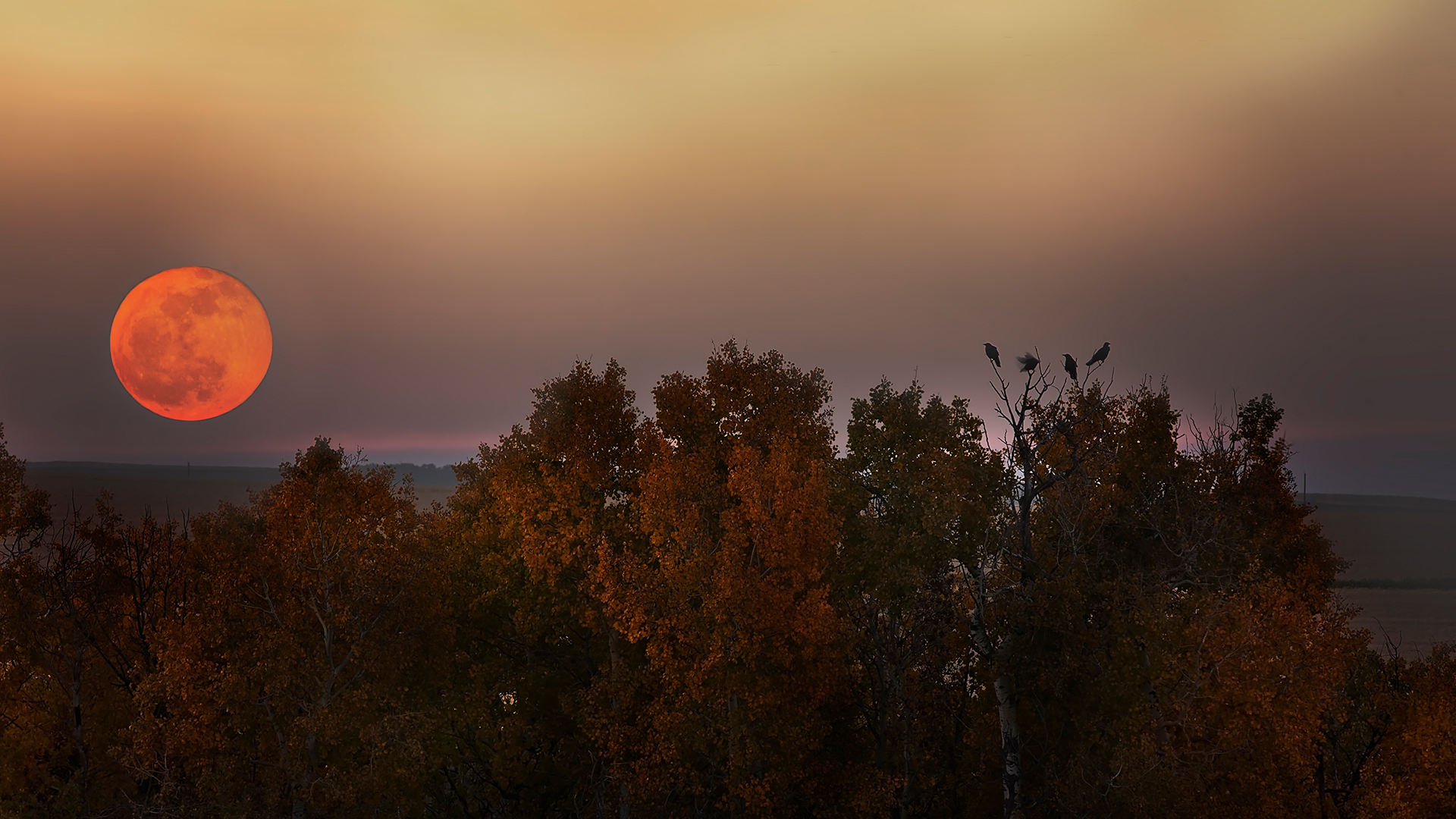How to see the Harvest Moon, the final supermoon of 2023, rise this weekend
The famous Harvest Moon — the final supermoon of 2023 — will be the first full moon of autumn when it rises on Sept. 29.

The final supermoon of 2023 will rise later this week when the Harvest Moon — one of the most famous full moons of all — ascends into the autumn skies.
Officially full at 5:58 a.m. EDT on Friday, Sept. 29, the full moon will be best seen rising in the east later that day at the time of moonrise where you are. It will be in the constellation Pisces. The moon will appear bright and full the day before and after, as well.A couple of evenings later, on Sunday, Oct. 1, the moon — by that time 90% illuminated and in the constellation Aries — will shine close to Jupiter.
The most popular name for September's full moon is the Harvest Moon because it rises close to sunset for a few evenings in a row and gives farmers extra moonlight to help them bring in the harvest, according to Almanac.com.
However, exactly which full moon gets to be called the Harvest Moon is all about timing. It's a name given to the closest full moon to September's equinox, according to the Adler Planetarium; this year, it occurred at 2:50 a.m. EDT on Saturday, Sept. 23.
Related: Best binoculars for stargazing 2023: Spot stars and galaxies
On occasions when October's full moon occurs closer to the equinox, September's full moon is typically called the Corn Moon. That happens every three years, according to Timeanddate.com, which also reports that alternative Native American names for September's full moon include the Drying Rice Moon, Falling Leaves Moon and Freezing Moon.
This year's Harvest Moon will be the fourth and final supermoon of 2023, occurring two days after it reaches perigee, the closest point in its orbit of Earth, according to Space.com. Because the moon will be a little closer to Earth than average, it will appear slightly bigger and brighter than usual. August's full Sturgeon Moon and blue moon were also supermoons, as was July's full Buck Moon.
Sign up for the Live Science daily newsletter now
Get the world’s most fascinating discoveries delivered straight to your inbox.
Rising at about 224,000 miles (361,000 kilometers) from Earth, the Harvest Moon will be the third-closest supermoon of the year, according to In-The-Sky.org.
The next full moon will occur on Oct. 28; known as the Hunter's Moon, it will be partially eclipsed by Earth, according to Timeanddate.com.

Jamie Carter is a freelance journalist and regular Live Science contributor based in Cardiff, U.K. He is the author of A Stargazing Program For Beginners and lectures on astronomy and the natural world. Jamie regularly writes for Space.com, TechRadar.com, Forbes Science, BBC Wildlife magazine and Scientific American, and many others. He edits WhenIsTheNextEclipse.com.










